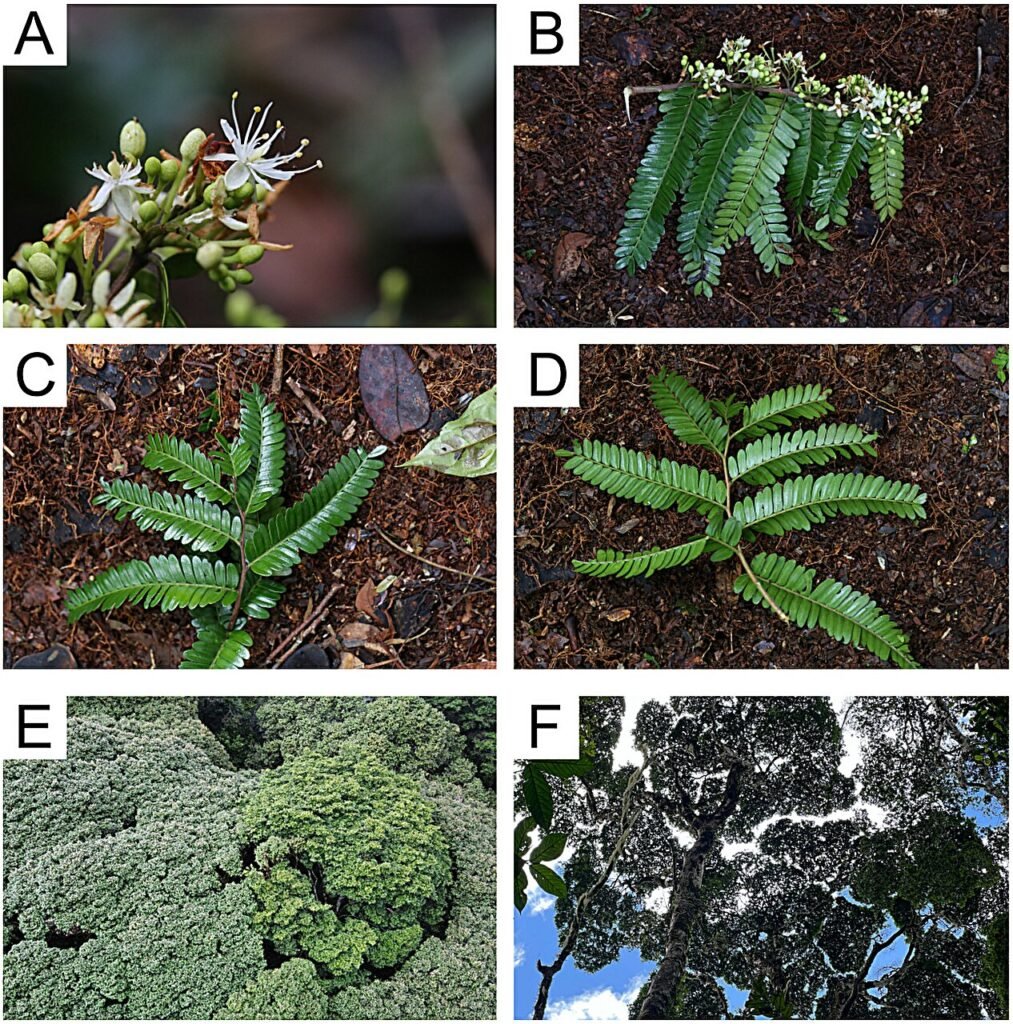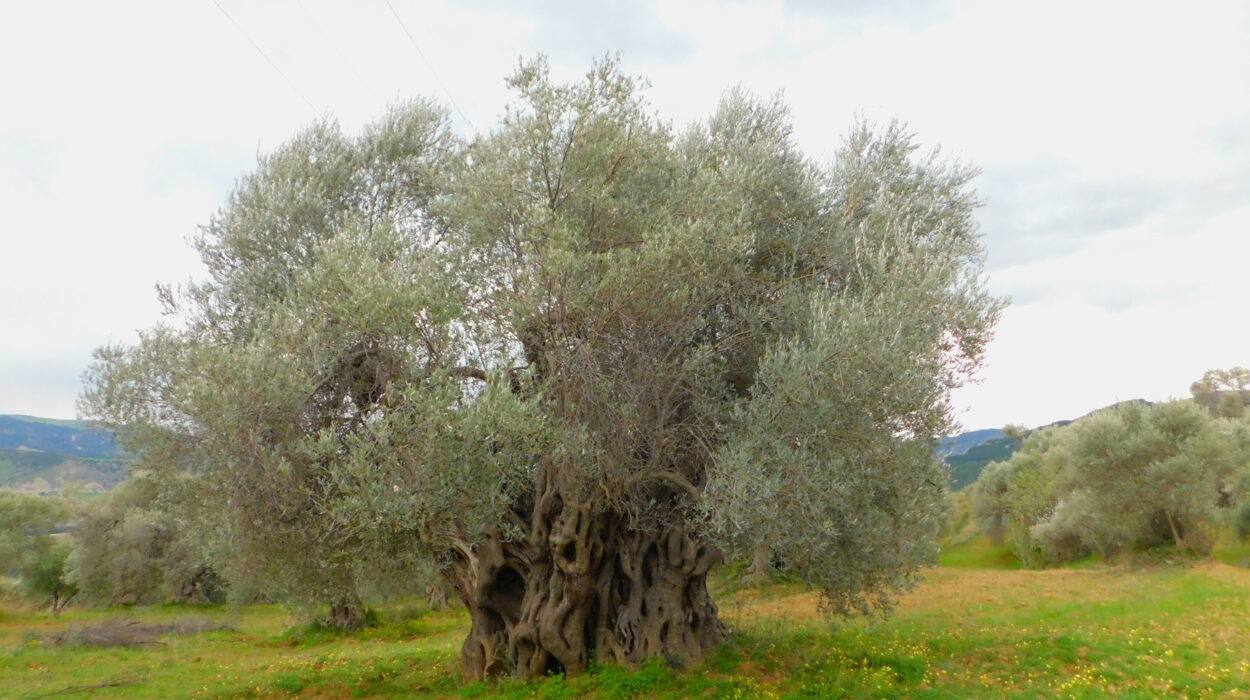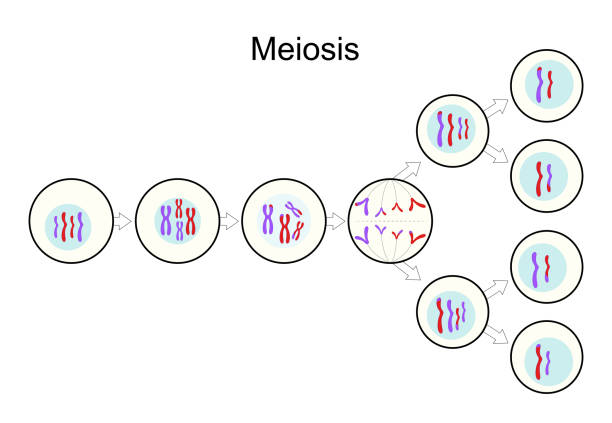Deep within the misty, emerald-hued rainforests of Tanzania’s Udzungwa Mountains, where sunlight filters through dense canopies and time itself seems to slow, a remarkable discovery has come to light. A team of dedicated botanists, hailing from Muse–Museo delle Scienze in Italy, Udzungwa Corridor LTD, Via Grazia Deledda, and the National Museum of Kenya, has unveiled a giant of the forest unlike anything documented before. This newly discovered species, a towering tree with a regal presence, has been named Tessmannia princeps—a fitting title for a botanical monarch hidden in the heart of East Africa.
Their groundbreaking study was published in the scientific journal Phytotaxa, and it offers a captivating glimpse into both the discovery and the rich ecological tapestry of this ancient landscape. But the story of Tessmannia princeps is more than just a scientific footnote—it’s a testament to nature’s resilience, endurance, and the mysteries that remain tucked away in some of the planet’s last untouched wild places.
A Discovery Rooted in Curiosity
It all began in 2019 when the botanical team embarked on an expedition through the Uluti Village region and into the lesser-explored Boma la Mzinga Forest Reserves. These reserves lie within the Udzungwa Mountains, part of the fabled Eastern Arc Mountain chain—a biological treasure trove often dubbed the “Galápagos of Africa” due to its wealth of endemic species. This region is renowned among ecologists for its extraordinary biodiversity, but even seasoned researchers were unprepared for what they were about to find.
As they traversed the dense undergrowth, their attention was drawn to a colossal tree, its wide, buttressed roots anchoring it firmly into the forest floor as though it had been standing watch for centuries. It wasn’t just the tree’s size that stopped them in their tracks. Its elegant white flowers—delicately slender petals with striking yellow bulbs perched at their tips—seemed to glow softly in the dappled light. For the botanists, who had spent their lives cataloging flora, it was immediately clear: this was something different. Something important.
Photographs were taken, leaf samples carefully collected, and back at their labs, the meticulous work of analysis began. The more they studied, the more they realized that this tree was entirely new to science.
Tessmannia princeps: The “Most Eminent” of Trees
Once the team confirmed the discovery of a new species, naming it became the next important task. They chose the name Tessmannia princeps, a tribute both to its taxonomic genus Tessmannia and the Latin word princeps, meaning “chief” or “most eminent.” And indeed, this tree holds court over its corner of the rainforest, growing noticeably taller and broader than many of its neighbors.
Tessmannia princeps stands as a symbol of longevity and patience. A true slow-grower, it takes about 15 years to add just one centimeter to its girth. Yet, despite this languid pace, some of the trees they found are estimated to be up to 3,000 years old, silently bearing witness to millennia of shifting climates, wildlife migrations, and human civilizations rising and falling in the lands beyond the forest.
When team members returned to the site more recently, they found around 100 individuals scattered across the landscape. One massive specimen had toppled over—perhaps during a storm—and this provided a rare opportunity to collect wood samples without harming a living tree.

The analysis of these samples revealed fascinating insights into the tree’s growth patterns, wood density, and resilience. Tessmannia princeps, it turns out, is a living relic of a bygone age, its slow rhythm of life dictated by a delicate balance of ecological factors that have remained largely unchanged for thousands of years.
A Fragile Kingdom Under Threat
Although Tessmannia princeps reigns supreme in its domain, it is also vulnerable. The very traits that make this species so awe-inspiring—its slow growth, limited population, and ancient lineage—also make it exceptionally susceptible to disturbance. Unlike faster-growing trees that can rebound quickly from environmental pressures, Tessmannia princeps depends on stability and time—resources that are often in short supply in our modern world.
Fortunately, the Udzungwa Mountains National Park, which encompasses much of the region where these trees were found, is a protected area. Logging and deforestation are strictly prohibited within its boundaries, offering a haven not just for Tessmannia princeps, but for countless other endemic species, many of which are found nowhere else on Earth.
The park is part of the broader Eastern Arc ecosystem, a biodiversity hotspot recognized by conservationists for its critical importance. These forests are home to rare primates like the Udzungwa red colobus monkey and the Sanje mangabey, as well as an array of birds, reptiles, and amphibians whose unique adaptations rival anything found in the Amazon or the Congo Basin.
However, threats still loom on the edges of these forests. Agricultural expansion, illegal hunting, and climate change all pose serious challenges to the long-term survival of the region’s unique ecosystems. The discovery of Tessmannia princeps is a reminder of how much remains hidden in these ancient forests—and how much we stand to lose if they are not safeguarded.
Why This Discovery Matters
Finding a new species of tree might not make global headlines, but for scientists and conservationists, it’s a moment of profound significance. Trees like Tessmannia princeps are more than just components of a forest; they are the backbone of entire ecosystems, providing habitat, stabilizing soil, influencing water cycles, and contributing to the overall health of the environment.
Moreover, ancient trees serve as living libraries, containing genetic and ecological information that could prove invaluable. Their slow growth and resilience may offer insights into how forests can adapt—or fail to adapt—to a changing climate. Understanding how species like Tessmannia princeps have survived for millennia may inform conservation strategies for other threatened trees and forest systems around the globe.
From a cultural perspective, trees of such immense age and stature often hold a special place in the folklore and traditions of local communities. While the scientific community celebrates the discovery, local people living near these ancient giants have likely known of their presence for generations, integrating them into their stories, beliefs, and practices.
Looking Ahead: Protecting the Princes of the Forest
The team behind the discovery of Tessmannia princeps continues to study the species in more detail. They are mapping its distribution, assessing its reproductive biology, and evaluating its potential role within the broader forest ecosystem. These efforts are essential for establishing conservation priorities and ensuring that the tree’s habitat remains intact.
There is also a push to raise awareness about the importance of the Eastern Arc Mountains and the Udzungwa region. Increased eco-tourism, coupled with sustainable development initiatives, could provide economic benefits for local communities while incentivizing the protection of the forests.
As the world grapples with biodiversity loss on an unprecedented scale, stories like that of Tessmannia princeps offer a glimmer of hope. They remind us that the world still holds secrets waiting to be uncovered—and that protecting our planet’s last wild places is more vital than ever.
Conclusion: A Regal Guardian of Time
In the heart of Tanzania’s rainforest, where mist weaves through ancient boughs and birdsong echoes from canopy to forest floor, Tessmannia princeps stands tall. It is more than just a tree; it is a monarch of the natural world, a sentinel that has witnessed history unfold in silence and dignity. And now, thanks to the tireless work of scientists and conservationists, we know it by name.
Whether we choose to safeguard its future will say much about our own place in nature’s story.
Reference: Andrea Bianchi et al, Tessmannia princeps (Fabaceae), a new rainforest tree from the Udzungwa Mountains, Tanzania, Phytotaxa (2025). DOI: 10.11646/phytotaxa.694.2.1






